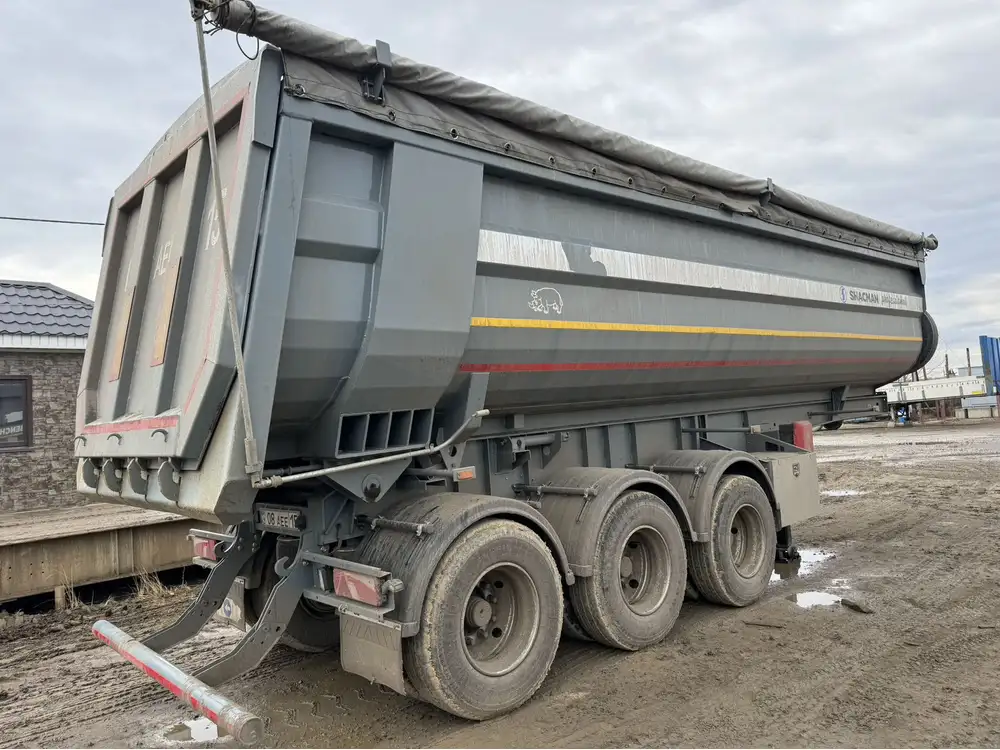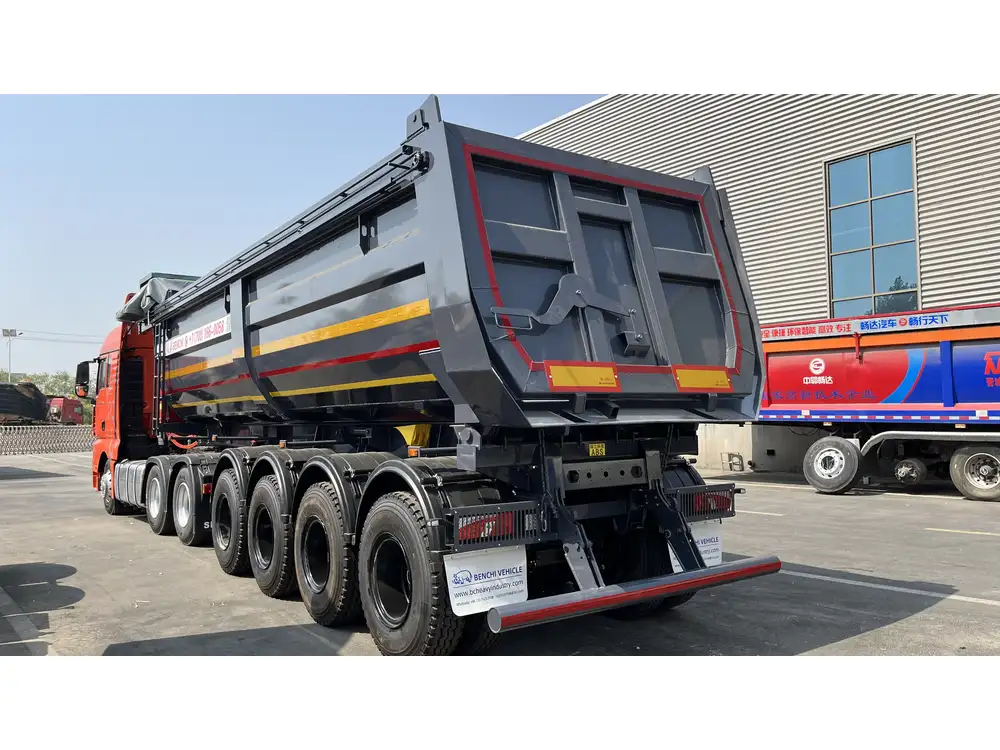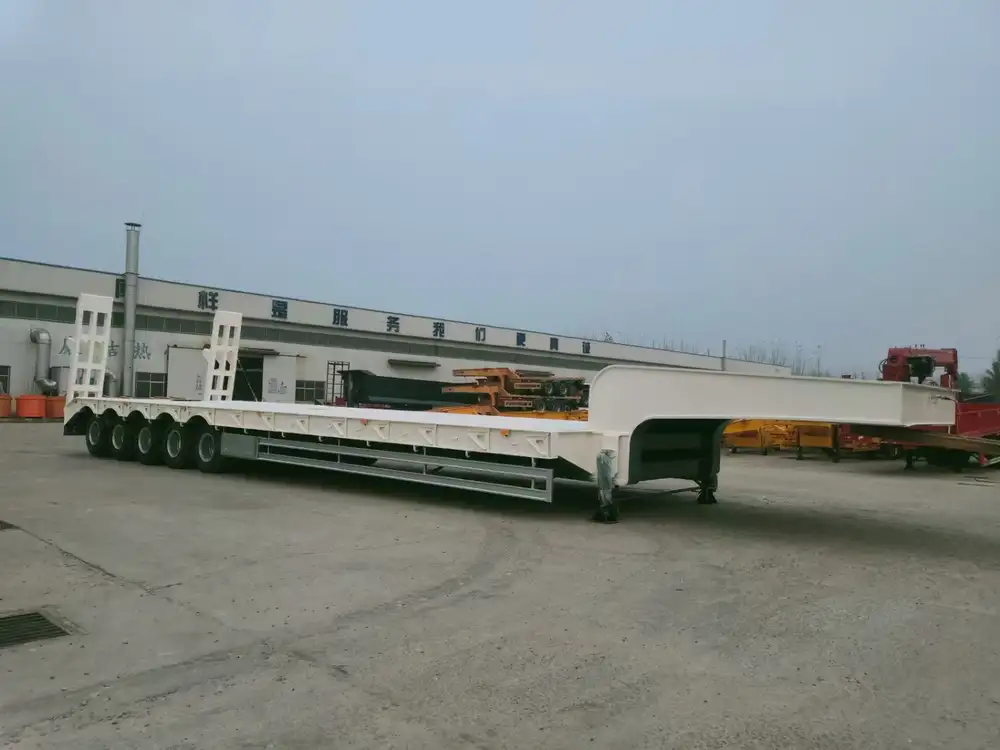When it comes to optimizing the functionality of your dump trailer, understanding how to wire its remote control system is crucial. Wireless remotes not only enhance convenience but also maximize operational efficiency, allowing drivers to operate the trailer from a distance. This guide will provide detailed instructions and considerations for wiring a dump trailer remote, accommodating both the novice and experienced users in the semi-trailer manufacturing industry.
Understanding Dump Trailer Wiring Systems
Overview of Electrical Systems in Dump Trailers
Dump trailers utilize a 12-volt electrical system powered usually by a dedicated battery. This power system is essential for actuating both the hydraulic pump and the remote control itself. Understanding this setup is vital for successful wiring.
| Component | Description |
|---|---|
| Battery | Powers the hydraulic system and the remote controller. |
| Hydraulic Pump | Operates the trailer’s lift mechanism. |
| Remote Control | Sends signals to the hydraulic system for operation. |
| Actuator | Converts electrical signals into mechanical movement. |

Key Components for Wiring the Remote
- Remote Control Unit: This unit includes both the transmitter (handheld) and the receiver (mounted on the dump trailer).
- Wiring Harness: Proper wiring harnesses include power wires, ground wires, and signal wires.
- Fuses and Circuit Breakers: Protect the electrical system and prevent overloading.
- Connectors and Terminals: Ensure secure connections to avoid shorts and disconnections.
Step-by-Step Guide to Wiring Your Dump Trailer Remote
Materials Needed
- Remote Control System Kit
- Electrical Wires (12 AWG recommended)
- Wire Strippers
- Soldering Iron or Crimping Tool
- Heat Shrink Tubing or Electrical Tape
- Multimeter for testing
- Basic Hand Tools (screwdrivers, pliers)

Detailed Wiring Instructions
1. Safety First: Disconnect Power
Before beginning any electrical work, disconnect the dump trailer’s battery. This step prevents any accidental short circuits or electrical shocks during the installation process.
2. Identify the Wiring Points
A. Examine the Dump Trailer Configuration
Identify where the hydraulic pump is connected and locate the existing wiring circuits for both power and signaling.
B. Understand the Remote Control Diagram
Refer to the wiring schematic provided with the remote control kit. These diagrams illustrate both the remote and receiver configurations necessary to achieve proper function.

3. Connect the Remote Receiver
A. Power Connection
- Connect the positive (+) wire from the trailer’s battery to the positive input of the remote receiver.
- Connect the negative (-) wire from the battery to the ground input of the remote receiver.
B. Signal Wires
- Based on the remote’s diagram, connect the signal wires from the receiver to the hydraulic pump motor. Typically, you will have two signal wires—one for activation and one for deactivation (up and down functions).
| Wire Color | Connection |
|---|---|
| Red (+) | Battery Positive |
| Black (-) | Battery Negative |
| Yellow | Up Signal |
| Green | Down Signal |
4. Install the Handheld Remote
A. Battery Setup
Insert batteries into the handheld remote. Most remotes utilize standard AA or AAA batteries. Ensure they are installed correctly to avoid malfunction.
B. Range Test
Before finalizing the installation, conduct a range test to ensure the remote control effectively communicates with the receiver.
5. Final Connections and Testing
A. Secure All Connections
- Use soldering or crimping for the connections and cover them with heat shrink tubing or electrical tape for insulation and durability.
- Make sure all wires run securely along the frame of the trailer, avoiding any pinch points or sharp edges.
B. Reconnect Power
Reconnect the battery and perform final tests. Activate the remote to ensure the hydraulic lift operates correctly in both directions.

Troubleshooting Common Issues
Diagnosis of Remote Wiring Problems
When wiring a dump trailer remote, issues may arise. Below are common problems and their potential solutions:
| Problem | Solution |
|---|---|
| Remote not responding | Check battery, the power connection, and fuses. |
| Hydraulic pump not operating | Inspect signal wiring and ensure correct connections. |
| Erratic operation | Look for loose connections or damaged wires. |
| Power drain when off | Verify wiring for any unintended shorts. |
Detailed Step-by-Step Troubleshooting Process
- Check the Battery: Ensure that the battery is charged and functional.
- Inspect Connections: Identify any loose or damaged connections. Secure and repair as necessary.
- Test Each Wire: Use a multimeter to check continuity through each wire, ensuring that signals travel correctly.
- Bypass the Remote: Temporarily connect the hydraulic pump directly to the power source to identify whether the issue lies in the remote control or the pump itself.

Enhancing the Remote Control Setup
Additional Features to Consider
Consider integrating additional features for improved functionality:
- Emergency Stop: Adding an emergency stop button provides crucial safety in distress situations.
- LED Lights: Incorporate LED indicators on the remote for a visual cue of operation status.
- Extended Range: Upgrade to remotes that offer longer range capabilities for better user convenience.
Maintenance Tips for Optimal Performance
- Regular Inspections: Periodically check the condition of wires and connections.
- Clean Components: Ensure the remote and receiver are dust and moisture-free.
- Replace Batteries: Monitor the battery life of the handheld remote to ensure consistent operation.

Conclusion
Wiring a dump trailer remote control can significantly enhance your operational efficiency, increase safety, and offer unparalleled convenience during loading and unloading tasks. By following this detailed guide, inspecting critical components, ensuring proper connections, and implementing recommended safety practices, you can seamlessly integrate a remote control system into your dump trailer. Embracing modern technology not only makes your operation smoother but can also provide you with a competitive edge within the semi-trailer manufacturing industry.



